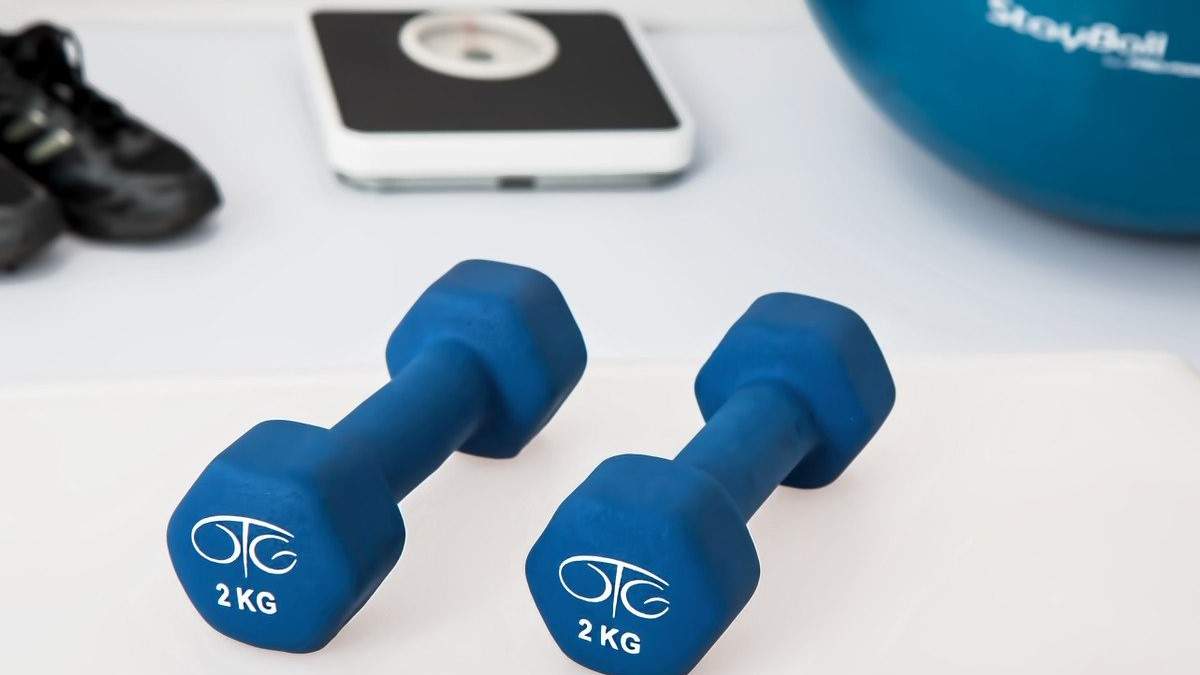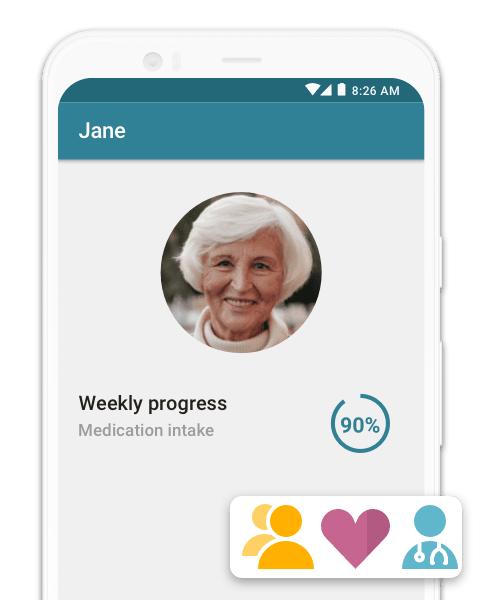Suffering an injury to the nervous system or an illness that leaves it damaged can be incredibly frustrating and can make day-to-day life much more difficult. For many people, the only course of action available is neurorehabilitation or neurological rehabilitation. If you’re reading this, there’s a good chance you or someone you love may be able to benefit from neurorehabilitation. Read on for the key information you should have about neurorehabilitation, including what exactly it can treat, different types, and how it works.
What neurorehabilitation can treat:
Generally, neurorehabilitation can be beneficial for anyone who is having trouble with daily life due to some form of nervous system damage. The following list includes some conditions that may lead to a need for neurorehabilitation, but this is not a complete list.
- ALS
- Brain tumor
- CMT
- Neurological disorders
- Epilepsy
- MS
- Muscular dystrophy
- Neurofibromatosis
- Stroke
- Parkinson’s
- Spinal injuries
Some people may find a list of conditions that may be aided by neurorehabilitation helpful, but oftentimes, knowing the symptoms that it can help treat is even more practical. Neurorehabilitation is particularly helpful when it comes to treating difficulty walking, speaking, or swallowing, as well as memory and cognitive impairments.
If you’re not sure if neurorehabilitation might be a good fit for you or a loved one, and you don’t see anything directly related to your situation above, you should still speak with your doctor. This is not a complete list of everything that neurorehabilitation can be used to treat and your doctor will be able to provide more specific guidance.
Types of neurorehabilitation:
Neurorehabilitation is a broad term and may include a variety of different therapies and treatments. Typically, neurorehabilitation is associated with certain forms of occupational therapy, physiotherapy, speech therapy, vision therapy, and language therapy, although it isn’t limited to these forms. In most cases, neurorehabilitation involves a team of doctors and therapists working to combine different therapies most effectively based on an individual’s specific needs.
The way that these therapies are combined typically revolves around helping a person achieve independence in day-to-day life as much as possible. That means that mobility and communication are almost always the top priority in designing a treatment plan.
Aside from the traditional aspects of neurorehabilitation, technological advancements in recent years have lead to new techniques both in understanding the needs of a patient and in treating these needs. New neuroimaging technologies have allowed doctors to begin treatment with a more advanced understanding of a patient’s condition. Additionally, video games and virtual reality devices have been introduced into the medical world and are often used in neurorehabilitation to help patients simulate certain aspects of life. By simulating real-life situations in a medical environment, patients can ease back into things with greater ease, and more importantly, doctors can observe them and further identify points of difficulty that can then be corrected with therapy.
How neurorehabilitation works:
As neurorehabilitation is a culmination of different treatments and fields of medicine, it’s impossible to provide an exact description of how it works or how an individual patient’s treatment may look. However, the following information may provide an idea of how the overall process may work.
The first stage of neurorehabilitation will be an assessment with a variety of tests. The goal of this assessment is to understand how the patient’s condition is affecting their daily life and to understand why. Following these tests, your doctor, or team of doctors, will put together a treatment plan for your specific needs. It’s worth noting that neurorehabilitation is not a magic cure and for many conditions, it will not be able to make day-to-day life completely manageable. In these cases, part of the rehabilitation then becomes making adjustments to a patient’s home and training loved ones. These adjustments, while not perfect, can reduce the psychological load on both patients and loved ones, making daily life much more manageable.
Here are some other articles we think you might enjoy:



